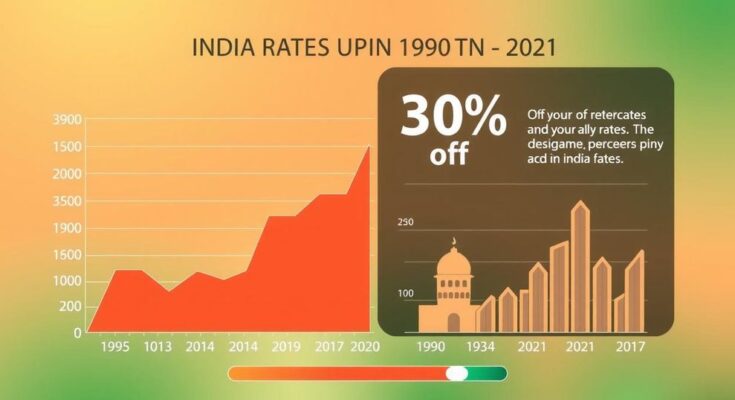In a hopeful development for suicide prevention in India, a recent study published in The Lancet Public Health reveals that the suicide death rate decreased by an impressive 30% from 1990 to 2021. This significant reduction comes from an analysis of data from the Global Burden of Diseases, Injuries and Risk Factors Study (GBD) 2021, showcasing numbers dropping from 18.9 per one lakh population in 1990 to 13 per one lakh in 2021. Prof Rakhi Dandona from the Public Health Foundation of India notes that this statistic effectively captures the true trend of suicide deaths over time.
The study highlighted community efforts as a strong pillar in effective suicide prevention, showcasing that collective awareness and support can lead to positive outcomes. The authors emphasised addressing socio-economic triggers as vital, pointing out that enhanced social stability and cultural awareness are crucial factors. They suggested improving access to mental health services, especially in underprivileged areas, is essential in reducing stigma around mental health care.
In 2021, India recorded 1.88 lakh suicide deaths, predominantly among young adults aged 15-39 years. Women were particularly affected, with suicide being the leading cause of death for females in this age group. According to Prof Dandona, family issues, primarily relating to domestic violence, and financial stress were significant contributors. This phenomenon highlights the complex interplay between mental health and socio-economic factors affecting young people’s well-being.
Furthermore, the study points out a concerning trend in female suicide rates across South Asia, indicating that educated women completing Class XII showed higher mortality than their less-educated counterparts. Prof Dandona stresses the need for more research into how empowerment through education translates into mental resilience. Across the globe, suicide continues to be a pressing health crisis, with one death occurring every 43 seconds, revealing the urgent need for continued intervention and support frameworks.
A study published in The Lancet reveals a 30% reduction in India’s suicide death rate from 1990 to 2021, attributed to community interventions and increased awareness. Despite the positive trend, socio-economic factors and access to mental health services remain crucial. The report highlights troubling rates among young adults, particularly women, and calls for in-depth research to understand the underlying causes of suicides in this demographic.
Overall, the decline in suicide rates in India serves as a testament to the effectiveness of targeted interventions and community support in tackling mental health issues. As the focus shifts towards strengthening social systems and improving access to mental health services, there remains a pressing need for continued analysis into the specific factors contributing to suicide, particularly among vulnerable populations. This multifaceted approach could pave the way for even more significant progress in the future, emphasizing the balance between mental health care and socio-economic stability.
Original Source: indianexpress.com



